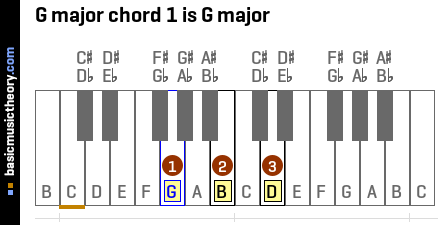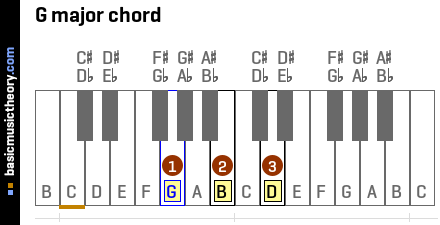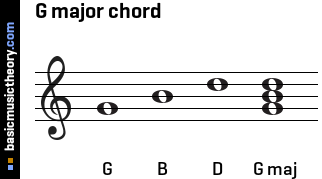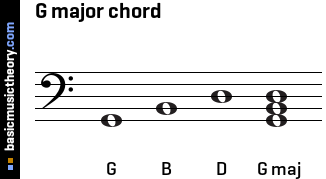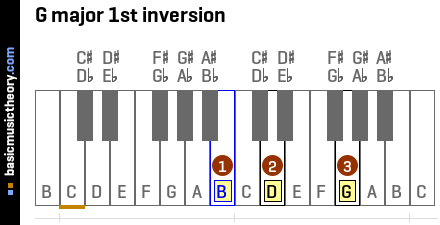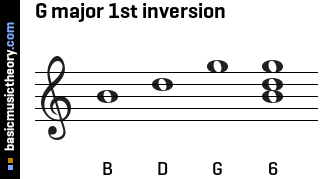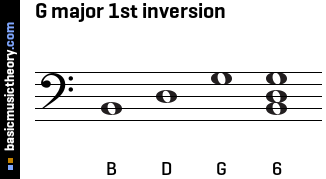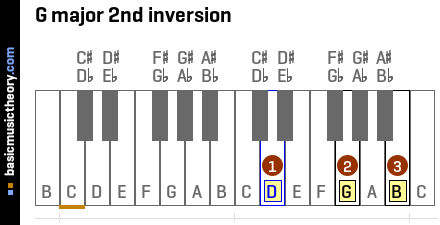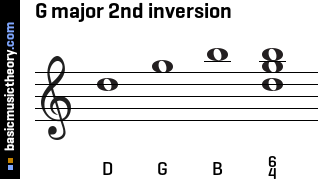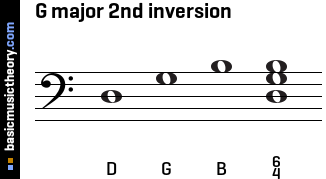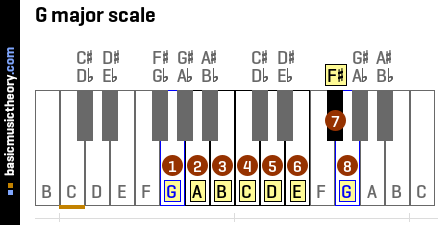Hereinafter is a list of 26 Universal laws that incorporate a more complete version of the universal laws that govern our world and the cosmos.
1. The Law of One
Every Soul, living and discarnate, is connected at the level of the collective unconscious, deep within the Higher-Self. We are all part of a great energy gestalt called God, and because we are part of God, we are God. It is the goal of the gestalt to move the energy forward, creating more energy. So, in living harmoniously, we each increase our vibrational rate and intensify the vibration of the entire gestalt. Everything is connected to everything else, so when we are disharmonious, we decrease the vibration of the entire gestalt, and because we are one, everything we think, say and do, affects every other Soul and the universe around us.
2. The Law of Divine Order
If we seek to understand the Law of Divine Order, we may study the natural balance of nature, for it works very much the same way. Everything is as it should be, although mankind (our energy gestalt) is far from experiencing its potential of total harmony. There are no accidents. Our energy, translated into thoughts, words, emotions, and deeds, causes all our experiences. This assures that we always have the learning opportunities we require to resolve our Karma, and, as with us, the collective thoughts, words, emotions, and deeds of mankind create the environment for us all. If enough souls focus their energy upon peace, we will have peace. If the majority of souls are filled with anger, we may all have to experience war. We are all one, and like the many sub-personalities within us, the dominant traits of mankind (the entire gestalt) will emerge to resolve our group Karma.
3. The Law of Harmony
This law supersedes even the fundamental law of Karma, for harmony is the supreme potential of balance. The purpose of Karma is to attain harmony. If I throw a rock into a pond I disturb the harmony of the pond, I am the cause, the effect is the splash and the ripples that flow out and back until harmony is restored. Similarly, our disharmonious actions flow out into the Universe and back upon us, lifetime after lifetime, until eventually our own harmony is restored.
4. The Law of Reincarnation and Karma
Until we have resolved our Karma and fulfilled our Dharma, which are the deeds we must do, we will continue to reincarnate into a sequential lifetime upon the earth. Neither God nor the Lords of Karma bestows suffering upon us during these lives, we and we alone decide what we most need to learn and in our earthly sojourns, and for each life experience we seek out other souls, often with shared histories, and always with Karmic configurations matching our needs. Whenever we act with intention we create Karma. Actions are considered to be thoughts, emotions, words, and deeds, and the motive, desire, and intent behind each. Disharmonious acts must be balanced in the future in this life or in a future lifetime, to have Soul growth.
5. The Law of Wisdom
Wisdom erases Karma. If we have the wisdom to learn our lessons through love and wisdom we can mitigate our suffering. Sadly, we seem to learn the fastest through pain, through directly experiencing the consequences of our actions. As an example, we greedily take from others, and instead of learning through wisdom and love that this is wrong, we have to experience from others someone greedily taking from us, whether later in this life or in a future lifetime.
6. The Law of Vibration
Everything in the cosmos vibrates and travels at specific vibrational frequencies. Each object, sound, thought, feeling, desire, and will have its own unique vibrational frequency, and that vibrational frequency affects the whole cosmos either positively or negatively. What we perceive as physical matter is energy condensed, trillions of swiftly moving molecules orbiting each other at a specific vibrational rate. Light and sound vibrate at higher rates. Love is the highest vibrational frequency.
7. The Law of Rhythm
Because everything vibrates, it moves to certain rhythms. These rhythms establish seasons, cycles, stages of development, and patterns. Each cycle reflects the regularity of the Dào. Masters know how to rise above negative parts of a cycle by never getting too excited or allowing negative things to penetrate their consciousness.
8. The Law of Vibrational Attainment
When Einstein discovered that “matter is energy” he reopened the door to merging science and metaphysics. Scientists have proved that energy cannot die, it can only transform (reincarnate), and, by its very nature, energy must go forward or backwards, it cannot stand still, for to do so is stagnation, resulting in transformation. We vibrate at a physical life rate we have earned in the past as a result of how harmoniously — or disharmonious we have lived our past lives and our current life up until this moment in time. When we are harmonious for a lifetime and/or break the bonds of karma, we will have attained the highest vibrational rate — Enlightenment.
9. The Law of Relativity
This Law states that each person will receive a series of problems (Tests of Initiation) to strengthen the Light within. We must consider each of these tests to be a challenge and remain connected to our hearts when proceeding to solve the problems. This law also teaches us to compare our problems to others’ problems and put everything into its proper perspective. No matter how bad we perceive our situation to be, there is always someone who is in a worse position. It is all relative.
10. The Law of Duality/Polarity
The Law of Duality/Polarity states that “Everything is dual, everything has poles; everything has its pair of opposites; opposites are identical in nature, but different in degree”. Simply put, everything has a complementary opposite within the whole (within the law of one). Masculine and feminine, night and day, up and down, love and hate, happy and sad, these are all perceived opposites of each other, but they are only two sides of the one coin or extremes of the same thing at varying degrees.
⟴ Within the Law of Duality/Polarity is a sub-law:
The Law of Gender:
This law tells us that “Gender is in everything; everything has its masculine and feminine principles”. The Law of Gender is evident throughout the perceived known world in so-called opposite sexes found not only in human beings but also in plants, minerals, electrons, and magnetic poles to name but a few. Everything and everyone contains both masculine and feminine elements. Among the outward expressions of feminine qualities are love, patience, intuition, and gentleness, and of masculine qualities are energy, self-reliance, logic, and intellect. Despite everything being predominantly masculine or feminine, there are qualities of the other found within each and every living and non-living thing. It is when we can see this, and see beyond the duality that we know what it means to be complete.
11. The Law of Cause and Effect
This Universal Law states that nothing happens by chance, coincidence, or outside the Universal Laws. Every action has a reaction or consequence and we “reap what we have sown.”
12. The Law of Compensation
This Law is the Law of Cause and Effect applied to blessings and abundance that are provided for us. The visible effects of our deeds are given to us in gifts, money, inheritances, friendships, and blessings.
13. The Law of Correspondence
This Law states that the principles or laws of physics that explain the physical world – energy, Light, vibration, and motion – have their corresponding principles in the etheric or universe. “As above, so below”
14. The Law of Magnetic Affinities
By Astrologically choosing the time and place of our birth, we determine the nature or the effects, we will experience in our life. On the other side, before we are born, we make decisions about the lifetime we will be entering into. We chose our parents, other souls to interact with us, and the Astrological configurations of our birth which determine our character, personality, abilities, restrictions, and timing for strengths and weaknesses. Let us be aware that we are only using five to ten per cent of the capacity of your brain. And the brain-mind researchers say the human brain has 200,000 times the capacity of the greatest computer ever built.
15. The Law of Free Will
Although many of the major events in our life are Astrologically predestined, we always have free will to mitigate the impact of the event, or to transcend it entirely. This will result from how we live our lives up to the situation we have destined for ourselves to experience. If we give grace and mercy to others, are positive, loving, compassionate, and demonstrate by our action that we have learned past lessons, we can minimize disharmonious experiences!
We always have free will in how we respond to any situation. If we do it with positive emotions, compassion, and integrity, we have probably learned our karmic lessons and will not have to experience a similar situation in the future.
16. The Law of Manifestation
Everything manifest begins as a thought, an idea. Ideas and experiences create beliefs which in turn, create our reality. If we are unhappy with our current reality, we must change our beliefs and our behaviour. Beliefs can be changed when we recognize those that are not working for us, and begin programming what will create success and harmony in our life. The unlimited creative power of our mind, through dedication, awareness, and training, can be the wisdom to rise above our Karma. Within physical and spiritual laws, we can manifest any reality we desire to experience. Regarding changing our behaviour, we must decide which disharmonious behaviour we want to eliminate. Then be aware that we do not have to change how we feel about something to affect it if we are willing to change what we are doing.
There are two sub-laws to the Law of Manifestation
a) The Law of Resistance
That which we resist we draw to us, and we will perpetuate its influence upon our life. Resistance is fear, so it is something we need to Karmically resolve. The Law of Resistance assures that we let go of the fear by encountering it until we are forced to deal with it by learning conscious detachment. When one attains Master of Life awareness and stop resisting [the fear] by consciously detaching from the negativity, the problem will be resolved. Most disharmonious situations are solved through a change in our viewpoint. By changing our perspective, we can usually eliminate the effects of a problem, and if we are no longer affected by a problem, we no longer have a problem, although nothing about the problem situation may have changed. Another aspect of the Law of resistance states, that which we resist, we become, if not in this lifetime, in a future incarnation.
b) The Law of Attraction
“Where our attention goes, our energy flows.” We attract what we are and that which we concentrate upon. If we are negative, we draw in and experience negativity. If we are loving, we draw in and experience love. We can attract to us only those qualities we possess. So, if we want and in our life, we must become peaceful and harmonious. It demonstrates how we create the things, events, and people that come into our lives. Our thoughts, feelings, words, and actions produce energies. And like attracts like.
17. The Law of Abundance
Within ourselves is everything required to make our earthly incarnation a paradise if we choose to accept that which is our divine birthright. We live in a Universe of abundance.
18. The Law of Action
The Law of Action must be applied for us to manifest things on earth. Therefore, we must engage in actions that support our thoughts, dreams, emotions, and words.
19. The Law of Fellowship
When two or more people of similar vibration are gathered for a shared purpose, their combined energy directed to the attainment of that purpose is doubled, tripled, quadrupled or more. This esoteric awareness has been used by covens, esoteric religions, healing groups, and recently, worldwide meditations for world peace.
20. The Law of Gratitude and Grace
From the perspective of Karma and the Law of One, the more we give, the more we shall receive. The more we assist others, the more we will assist ourselves. The power of this Law also works in our day-to-day life. Karma can be experienced to the letter of the law or in mercy and grace. In other words, if we give love, mercy, and grace to others, we will receive the same in return.
21. The Law of Reflection
This Law says that the traits we respond to in others, we recognize in ourselves, both positive and negative. It has four primary manifestations:
- That which we admire in others, we recognize as existing within ourselves;
- That which we resist and react to strongly in others is sure to be found within ourselves;
- That which we resist and react to in others is something which we are afraid exists within us; and,
- That which we resist in ourselves, we will dislike in others.
22. The Law of Conscious Detachment
Buddha’s earthly teachings are best summarized with one of his statements, “It is our resistance to what is that causes our suffering.” and by suffering, he meant everything that doesn’t work in our life; relationship problems, loss of loved ones, loneliness, sickness, accidents, guilt, monetary hardship, unfulfilled desires, and so on. When we accept what is, we accept the unalterable realities in our life without resisting them. Some things are. They exist, and no matter how much we resist them, there is nothing we are going to be able to do about them. Change what we can change, but have the wisdom to accept unalterable situations as they are, without wasting mental or physical energy attempting to change what we cannot change. Out of acceptance comes involved detachment. The ability to enjoy all the positive aspects of life, but to allow the negative to flow through us without resistance and without affecting ourselves.
As we became Master of life awareness and develop conscious detachment, we shall be far less affected by worldly events than in the past. A Master of Life enjoys all the warmth and joy that life has to offer, but detaches from the negativity by allowing it to flow through him/her without affecting her/him.
23. The Law of Soul Evolution
Everyone on Earth shares the goal of Soul evolution whether they realize it or not. We have reincarnated because we desire to evolve spiritually. By rising above all of our fear-based emotions, and out of the veil of illusion, by learning how to express unconditional love, we raise our vibrational rate and move closer to a state of harmony. Even where it appears that we are not evolving we are in reality making progress. We learn through the pain of our disharmonious acts, which can be viewed as our mistakes or failures. Learning through disharmonious acts, and breaking the cycle of them through each lesson we learn, also brings our souls closer to harmony.
24. The Law of Unconditional Love
The expression of unconditional love will eventually result in harmony. Unconditional love is not romantic love. It is the acceptance of others as they are without judgment or expectations. It is total acceptance of others without attempting to change them, except by our own positive example. The law of unconditional love says, “If I go out of my way to express unconditional love, I automatically rise above fear, and, as I transcend my fears, I automatically open to the expression of unconditional love.”
In other words, I have chosen to incarnate upon the manifest plane to learn to rise above the effect of fear. Those fears will always be reflected in my reactions to others, Thus my goals are very obvious once I recognize how to perceive them. As I let go of the fear, I automatically open to expressing more unconditional love.
25. The Law of Bodhisattva
The word Bodhisattva means one who has transcended the need of Earthly incarnations but who has chosen to return to the earth to support others in achieving enlightenment. A Bodhisattva knows she/he will never really be free until all souls are free.
26. The Law of Perpetual Transmutation of Energy
It states that all persons have within them the power to change the conditions in their lives. Higher vibrations consume and transform lower ones; thus, each of us can change the energies in our lives by understanding the Universal Laws and applying the principles in such a way as to effect change.


















